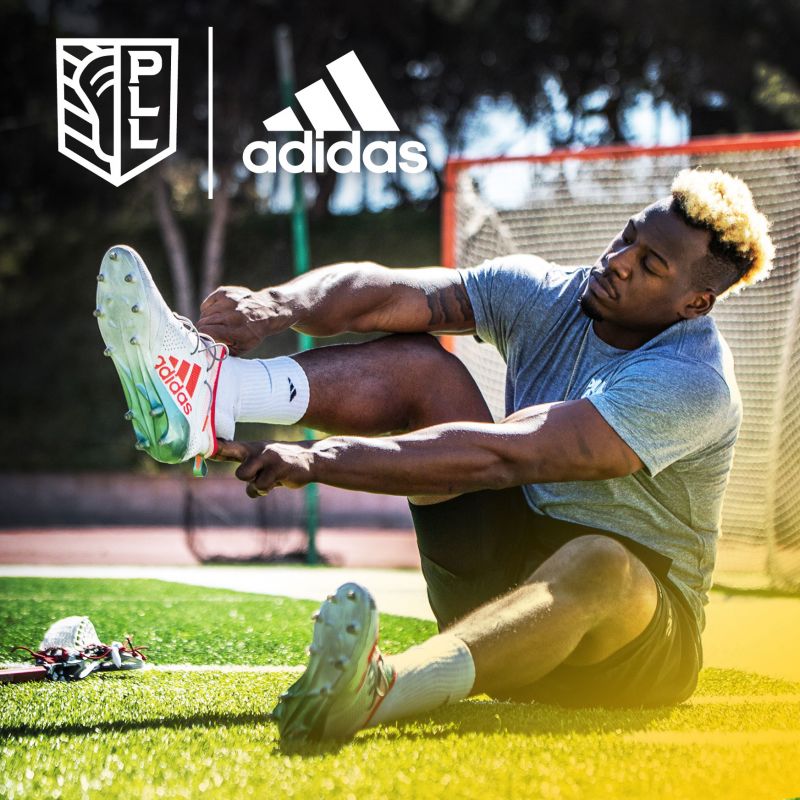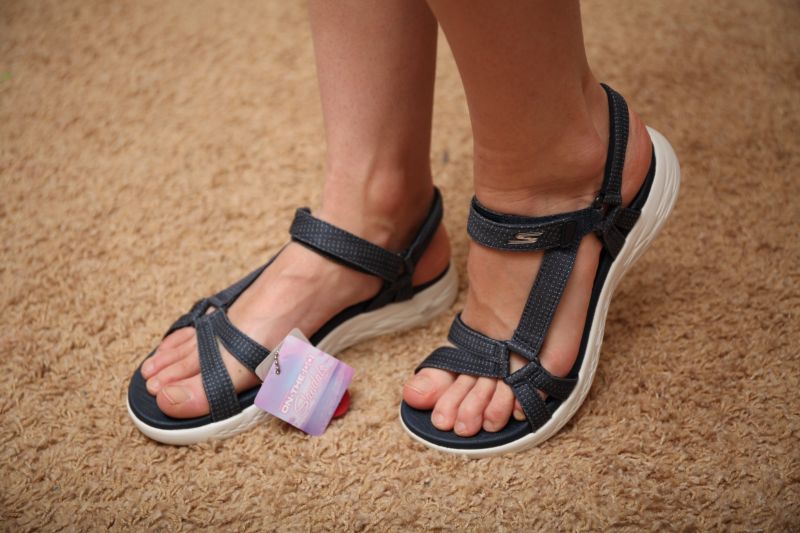Find The Best Cleats For Your Lacrosse Game This SeasonFind The Best Cleats For Your Lacrosse Game This Season
Position-Specific Cleats
As a midfielder, you’ll want a lightweight cleat with a durable yet flexible upper material that allows swift cuts and quick changes in direction. Defenders need a sturdy cleat with ankle support and studs that provide stability during physical play. For attackers and scorers, prioritize traction and lateral movement with a cleat featuring conical or bladed studs.
Consider Playing Surface
The type of playing surface is a major factor in cleat selection. Firm ground cleats with long studs work well on natural grass fields. For artificial turf, choose turf lacrosse cleats with many short rubber studs that provide grip without getting caught in the artificial grass fibers. Hard ground cleats have studs somewhere between firm and turf versions.
Ankle Support
High and mid cut lacrosse cleats extend above the ankles to provide additional stability and support, preventing rolled or sprained ankles during cuts and pivots. Lower cut cleats allow for more freedom of movement and flexibility at the expense of some ankle support.
Traction and Grip

Rubber soles and turf-specific studs enable trustworthy traction on artificial playing surfaces. Conical and bladed studs in various configurations enhance grip and pivot points on firm natural grass. Replace cleats regularly as studs wear down and lose their traction over time.
Weight
Lightweight synthetic cleats improve acceleration and minimize fatigue over the course of a game. Heavier cleats may provide more durability and protection. Speed-focused players should aim for the lightest cleat that still provides requisite support.
Width and Fit
With lively footwork a must in lacrosse, cleats should fit like a glove. A wide toe box accommodates broader feet. A snug heel lock and midfoot wrap prevent slippage inside the shoe that could lead to blisters or instability.
Consider Playing Surface
Whether you’re playing on luscious natural grass or the newest artificial turf, having the right lacrosse cleats for the surface is crucial. Longer, firmer studs dig into real grass to prevent slips, while lots of short, rubber studs grip and release from synthetic turf without getting stuck. Seek cleats with exchangeable studs to customize your traction. And know when to swap out cleats as the studs wear down and lose their grip over the course of a season.
Ankle Support
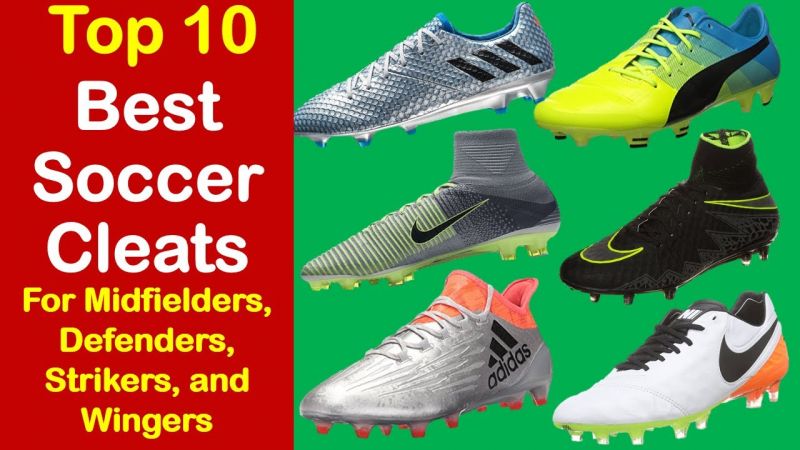
The cutting and pivoting required in lacrosse places a lot of stress on ankles. High top cleats extend above the ankle bones to provide critical lateral stability, while mid cut offers a compromise between mobility and support. Consider your injury history and position demands. Defenders may opt for maximum stability in a high top, while scorers chase flexibility in a mid or lower cut. Some cleats also incorporate supportive cushioning foams or integrated ankle braces for extra peace of mind against rolls or sprains.
Traction and Grip
Whether dodging defenders or cutting to the goal, you need your cleats to grip the turf and pivot on a dime. Conical and bladed studs provide optimal traction on natural grass by penetrating the surface. On artificial turf, small rubber studs spaced close together enhance grip without getting caught in the synthetic fibers. Look for turf shoes with exchangeable studs to customize for field conditions. And remember to replace cleats regularly as the studs wear down over time and lose their traction and sharpness.
Weight
- Sturdy construction
- Enhanced ankle support
- Durable studs for improved stability
Attackers: Traction and Lateral Movement
Offensive players benefit from cleats that optimize scoring opportunities. Look for:
- Conical or bladed studs for superior traction
- Lightweight design for quick acceleration
- Responsive sole for enhanced agility
Optimizing Cleat Selection for Various Playing Surfaces
The playing surface significantly influences cleat performance. Understanding surface-specific requirements ensures optimal traction and safety:
Natural Grass Fields
For natural grass, firm ground cleats are ideal. Features to consider include:
- Longer studs for deeper penetration
- Durable materials to withstand moisture
- Balanced stud placement for even weight distribution
Artificial Turf
Artificial surfaces require specialized cleats to prevent snagging and ensure proper grip:
- Numerous short rubber studs
- Turf-specific tread patterns
- Flexible sole for improved ground feel
Hard Ground Conditions
For firmer playing surfaces, consider cleats with:

- Shorter, more numerous studs
- Durable outsole material
- Enhanced cushioning for impact absorption
The Importance of Ankle Support in Lacrosse Footwear
Ankle stability is crucial in lacrosse due to the sport’s dynamic nature. Different ankle support levels offer varying benefits:
High-Cut Cleats
These provide maximum ankle protection and are ideal for:
- Players with a history of ankle injuries
- Defensive positions requiring enhanced stability
- Those preferring a sense of security during play
Mid-Cut Cleats
Offering a balance between support and flexibility, mid-cut cleats are suitable for:
- Players needing moderate ankle support
- Midfielders requiring both stability and agility
- Those transitioning from high-cut to low-cut cleats
Low-Cut Cleats
Maximizing freedom of movement, low-cut cleats benefit:
- Players with strong ankles and no history of injuries
- Attackers prioritizing speed and agility
- Those who prefer a lightweight, minimalist design
Traction and Grip: Key Factors in Lacrosse Cleat Performance
Effective traction is essential for quick movements and stability in lacrosse. Consider these aspects when evaluating cleat grip:

Stud Configuration
Different stud shapes and arrangements offer varying benefits:
- Conical studs: Provide multi-directional traction
- Bladed studs: Enhance forward propulsion and braking
- Mixed configurations: Offer balanced performance across movements
Surface-Specific Traction
Optimize grip based on the playing surface:
- Natural grass: Longer, penetrating studs
- Artificial turf: Numerous short, rubber studs
- Multi-surface: Versatile stud patterns for varied conditions
Outsole Materials
The right outsole enhances grip and durability:
- Rubber: Excellent for artificial turf and wet conditions
- TPU (Thermoplastic polyurethane): Durable for firm natural surfaces
- Pebax: Lightweight with good energy return
Weight Considerations in Lacrosse Cleat Selection
The weight of your lacrosse cleats can significantly impact your on-field performance. Let’s examine the pros and cons of different weight categories:
Lightweight Cleats
Advantages of choosing lighter cleats include:

- Improved acceleration and speed
- Reduced fatigue during extended play
- Enhanced agility for quick directional changes
However, lightweight cleats may sacrifice some durability and protection.
Heavier Cleats
Opting for more substantial cleats offers benefits such as:
- Increased durability for longer-lasting performance
- Better protection against impacts and collisions
- Enhanced stability for defensive positions
The trade-off is potentially reduced speed and agility.
Finding the Right Balance
Consider these factors when determining the optimal cleat weight:
- Your playing position and its demands
- Personal preference for feel and responsiveness
- The level of protection required for your style of play
Ensuring Proper Width and Fit in Lacrosse Cleats
A well-fitting lacrosse cleat is crucial for comfort, performance, and injury prevention. Here’s how to achieve the perfect fit:
Toe Box Considerations
The front of the cleat should accommodate your foot comfortably:

- Wide toe box: Ideal for broader feet or those preferring more toe splay
- Narrow toe box: Suitable for players with slimmer feet seeking a snug fit
- Consider trying on cleats with your game socks for accurate sizing
Midfoot and Heel Fit
Proper support in these areas prevents in-shoe slippage:
- Snug heel lock: Minimizes heel lift during quick movements
- Secure midfoot wrap: Provides stability and prevents blisters
- Adjustable lacing systems can help customize the fit
Width Options
Many brands offer multiple width options to accommodate various foot shapes:
- Narrow (A): For slender feet with minimal volume
- Medium (D): Standard width suitable for most players
- Wide (2E or 4E): Provides extra room for broader feet or orthotics
The Importance of Regular Cleat Replacement
Maintaining peak performance and safety requires timely replacement of your lacrosse cleats. Here’s why and when you should consider new footwear:
Signs It’s Time for New Cleats
Watch for these indicators that your cleats are due for replacement:
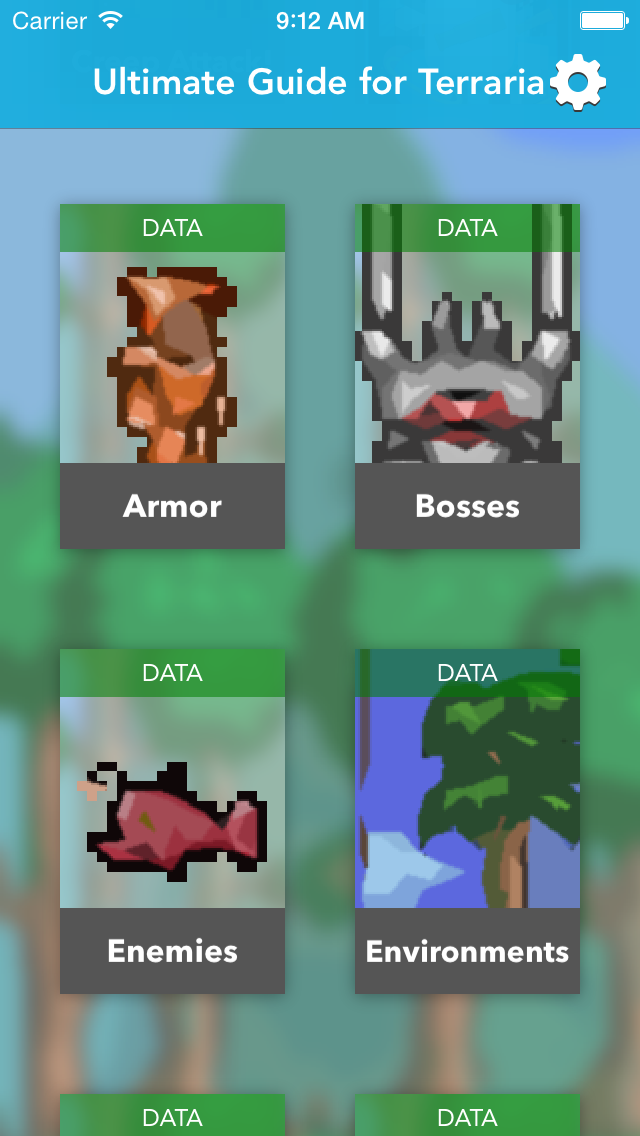
- Worn-down studs with reduced sharpness and traction
- Visible damage to the upper material or sole
- Decreased cushioning and support in the midsole
- Persistent discomfort or new pain during play
Replacement Frequency Guidelines
Consider these factors when planning your cleat replacement schedule:
- Intensity and frequency of play
- Playing surface conditions
- Your body weight and playing style
- Quality and durability of the cleats
On average, replace cleats after one to two seasons of heavy use for optimal performance and safety.
Maximizing Cleat Lifespan
Extend the life of your lacrosse cleats with these care tips:
- Clean cleats after each use to remove dirt and debris
- Allow cleats to air dry naturally, avoiding direct heat sources
- Rotate between multiple pairs to allow adequate drying time
- Use cleats only on appropriate surfaces to prevent premature wear
By following these guidelines and staying attuned to your cleats’ condition, you can ensure consistent performance and reduce the risk of injury on the lacrosse field. Remember, investing in quality footwear and maintaining it properly is crucial for your success and safety in this dynamic sport.

Position-Specific Cleats
As a midfielder, you’ll want a lightweight cleat with a durable yet flexible upper material that allows swift cuts and quick changes in direction. Defenders need a sturdy cleat with ankle support and studs that provide stability during physical play. For attackers and scorers, prioritize traction and lateral movement with a cleat featuring conical or bladed studs.
Consider Playing Surface
The type of playing surface is a major factor in cleat selection. Firm ground cleats with long studs work well on natural grass fields. For artificial turf, choose turf lacrosse cleats with many short rubber studs that provide grip without getting caught in the artificial grass fibers. Hard ground cleats have studs somewhere between firm and turf versions.
Ankle Support
High and mid cut lacrosse cleats extend above the ankles to provide additional stability and support, preventing rolled or sprained ankles during cuts and pivots. Lower cut cleats allow for more freedom of movement and flexibility at the expense of some ankle support.
Traction and Grip

Rubber soles and turf-specific studs enable trustworthy traction on artificial playing surfaces. Conical and bladed studs in various configurations enhance grip and pivot points on firm natural grass. Replace cleats regularly as studs wear down and lose their traction over time.
Weight
Lightweight synthetic cleats improve acceleration and minimize fatigue over the course of a game. Heavier cleats may provide more durability and protection. Speed-focused players should aim for the lightest cleat that still provides requisite support.
Width and Fit
With lively footwork a must in lacrosse, cleats should fit like a glove. A wide toe box accommodates broader feet. A snug heel lock and midfoot wrap prevent slippage inside the shoe that could lead to blisters or instability.
Consider Playing Surface
Whether you’re playing on luscious natural grass or the newest artificial turf, having the right lacrosse cleats for the surface is crucial. Longer, firmer studs dig into real grass to prevent slips, while lots of short, rubber studs grip and release from synthetic turf without getting stuck. Seek cleats with exchangeable studs to customize your traction. And know when to swap out cleats as the studs wear down and lose their grip over the course of a season.
Ankle Support

The cutting and pivoting required in lacrosse places a lot of stress on ankles. High top cleats extend above the ankle bones to provide critical lateral stability, while mid cut offers a compromise between mobility and support. Consider your injury history and position demands. Defenders may opt for maximum stability in a high top, while scorers chase flexibility in a mid or lower cut. Some cleats also incorporate supportive cushioning foams or integrated ankle braces for extra peace of mind against rolls or sprains.
Traction and Grip
Whether dodging defenders or cutting to the goal, you need your cleats to grip the turf and pivot on a dime. Conical and bladed studs provide optimal traction on natural grass by penetrating the surface. On artificial turf, small rubber studs spaced close together enhance grip without getting caught in the synthetic fibers. Look for turf shoes with exchangeable studs to customize for field conditions. And remember to replace cleats regularly as the studs wear down over time and lose their traction and sharpness.
Weight
The lighter your lacrosse cleats, the less weight you have to move up and down the field. Synthetic leather or mesh uppers shed ounces compared to traditional leathers. Look for cleats touting lightweight foams and minimalist construction if acceleration is a priority. But don’t sacrifice too much durability and protection either. Finding the optimal balance between weight and support for your position and playing style is key.
Width and Fit
Ill-fitting cleats can spell disaster on the lacrosse field. Be sure to select the proper width – narrow, medium or wide – based on the shape of your foot. A wide toe box accommodates broader feet, while a snug heel and midfoot wrap prevents in-shoe slipping that causes blisters. Shop brands that offer multiple width options and be wary of sizing quirks. Try on cleats at the end of the day when feet are most swollen. And consider custom orthotics or inserts if you need extra support for flat feet or other issues.
Replace Cleats Regularly
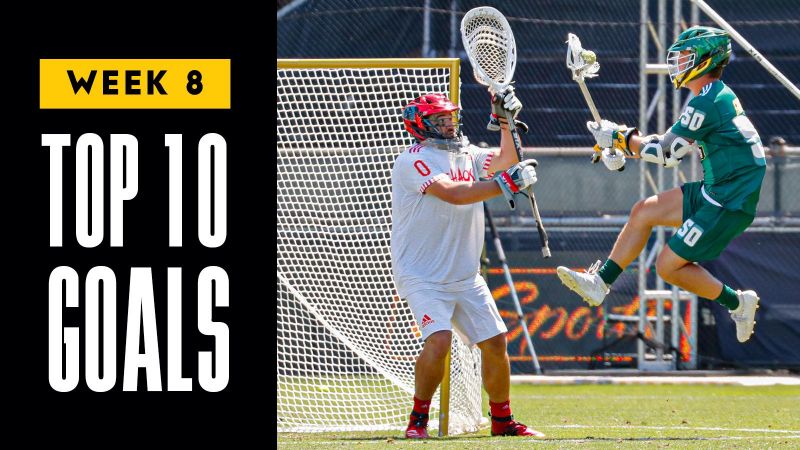
Don’t wait until your lacrosse cleats are falling apart to get new ones. As the studs wear down with use, they lose their sharpness and ability to penetrate the turf to provide solid traction. The cushioning in the midsole also breaks down over time. Plan to replace cleats after one or two seasons of heavy use for optimal safety and performance. Take advantage of end-of-season sales to grab your next pair at a discount before the stores clear out inventory.
Shop End of Season Sales
Scoring a sweet deal on your next pair of lacrosse cleats is easy if you shop at the right time. Retailers slash prices on remaining inventory as one season ends and the next approaches. Head to your favorite sporting goods store or online retailer in late summer or early fall and you can likely find last year’s models marked down 30-50%. The cleats are still high performing, just not the latest released. Take advantage of the deals, but make sure to try them on and inspect closely for any defects before purchasing.
Select Youth Sizes
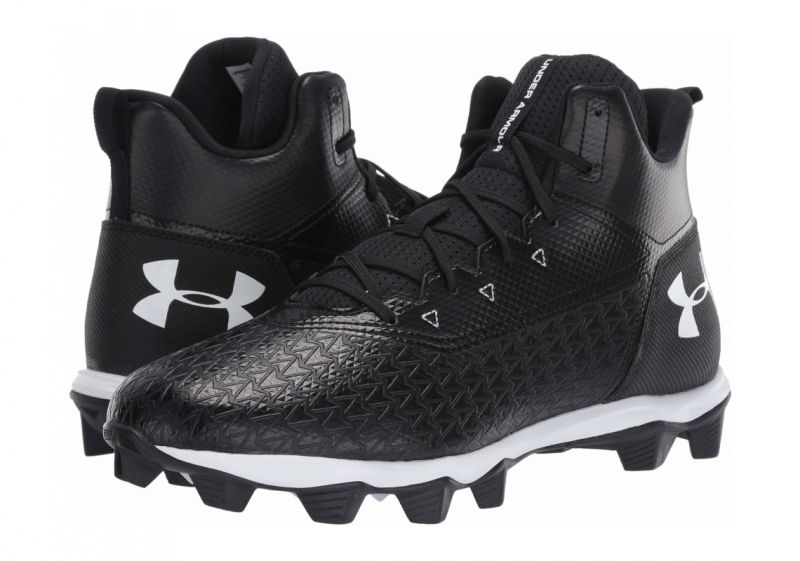
Choosing the right size lacrosse cleats is especially important for young athletes. Kids’ feet grow rapidly, so allow ample room for growth when selecting youth sizes. A thumb’s width between the end of the toes and cleat is ideal. Consider buying a half or whole size up if your player is approaching a growth spurt. Properly fitted cleats aid development by promoting natural foot motion. Poor fit can lead to discomfort, blisters and foot or joint problems down the road.
Compare Brands and Models
With so many lacrosse cleat brands and models available, it pays to do your research before buying. Compare features like materials, stud configuration, fit and sizing among top names like Nike, Adidas, Under Armour and New Balance. Read product reviews and ask teammates for recommendations. Try on different options to get a feel for fit and comfort. Consider your playing style and needs. A lightweight cleat good for speed may not provide enough protection for an aggressive defensive player. Take time to find your perfect match.
Buy From Reputable Retailers
Lacrosse cleats from top sporting goods retailers offer quality and reliability. Stores like Dick’s Sporting Goods, Modell’s, and Hibbett Sports have expansive lacrosse sections and knowledgeable staff to help you find the right cleat. Authorized online retailers like Amazon, Soccer.com, and Eastbay also carry a huge selection of lacrosse brands and models. Check return policies in case the cleats don’t work out. And be wary of fakes from sketchy sellers. For the best experience, buy from trusted retailers with a proven track record.
Customize Your Cleats
Personalize your lacrosse cleats to match your style. Many brands offer custom color options to design your own unique look. Or get creative with laces, tape or markers to customize the cleats after purchase. Apply a clear coat to keep your designs intact. Decorate your cleats with your number or initials. Swap out the original laces for different colors. The possibilities are endless for making your cleats one-of-a-kind. Just don’t cover key areas like studs or compromise structure or function in the process.
Break In Cleats Before Games
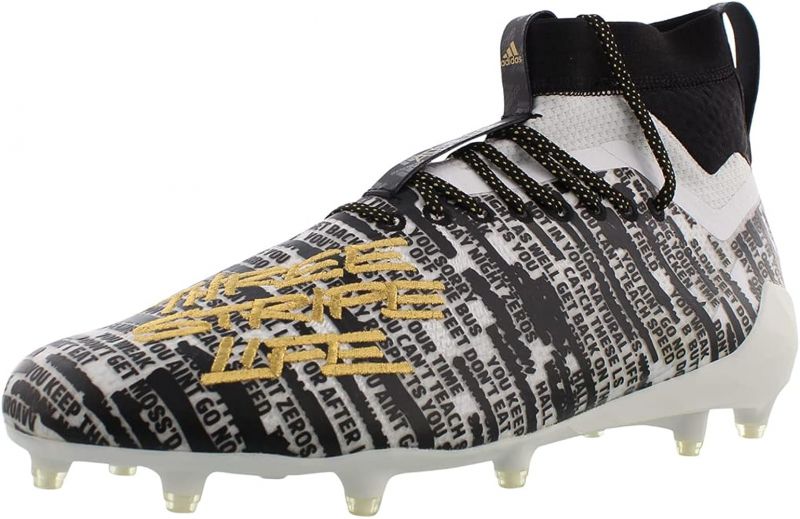
Don’t make game day the first time you wear your new lacrosse cleats. Break them in during practices to avoid painful blisters and discomfort. Wear the cleats around the house or while doing drills to gradually mold them to your feet. The upper material will stretch and studs will slightly dull with use. Properly broken in cleats will perform and feel better once real game action intensifies. Just don’t over-wear and damage the cleats before the season starts.
